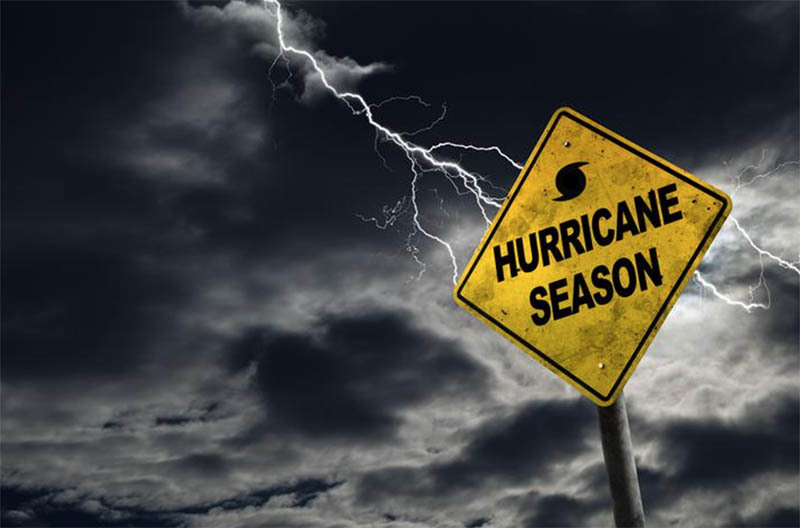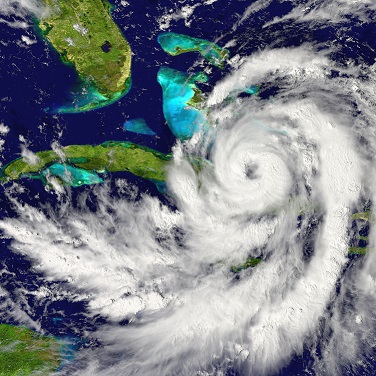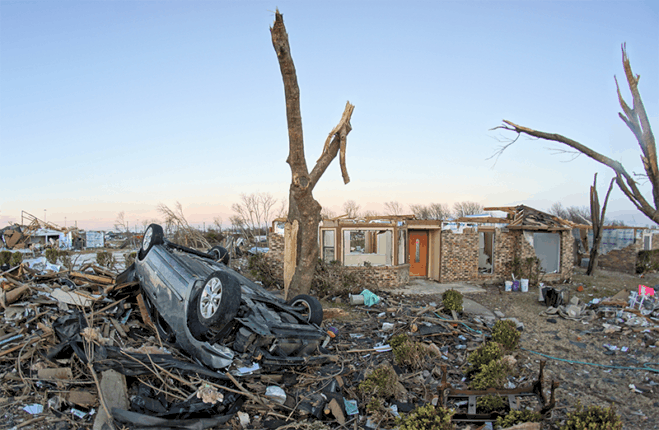
Florida’s Most Destructive Hurricanes
July 15, 2018
How to Make Sure Your Home Is Flood and Hurricane Resistant
September 4, 2018The pace at which hurricanes move across the planet is slowing, according to new research. This suggests Hurricane Harvey, which stalled over Texas last summer, may not have been an anomaly, and that highly destructive, slow-moving tropical storms are becoming more common. The reason Hurricane Harvey was so bad? It got stuck.
Harvey dumped more than 50 inches of rain on Houston and its surrounding areas in the five days it spent loitering over the area. Some places received as much as two feet of rain in two days. Around 90 people were killed in Southeast Texas, and over 200,000 homes and business were ruined. In addition to being the wettest tropical storm to ever hit the United States, it matched Hurricane Katrina in terms of cost, inflicting some $126 billion in economic losses.
A scientist at NOAA National Centers for Environmental Information in Madison, Wisconsin, says Harvey’s slow pace may be symptomatic of a troubling larger trend. His new paper provides evidence showing that the speed at which hurricanes move across the planet, a phenomenon known as translation speed, is slowing. And we’re not talking about minuscule amounts; his data shows that, on average, hurricanes around the globe have slowed by about 10 percent over the past seven decades.
Looking at historic hurricane data from 1949 to 2016, it was also found that tropical cyclones in the North Atlantic have slowed down by six percent over the period observed. In the Eastern North Pacific and the Madagascar region, it was closer to four percent, but Australian waters have witnessed slowdowns amounting to 15 percent, and in the Western North Pacific the decrease in translation speed was down a whopping 20 percent. Tropical cyclones have slowed in both hemispheres and in every ocean except the North Indian Ocean, according to the new research, but the effect is more pronounced in the northern hemisphere.
Of particular concern was the observation that the slowdown effect gets worse when hurricanes reach land, allowing more time for precipitation to fall over a given area. Statistically significant slowdowns of 20 to 30 percent were documented over land regions next to the western North Pacific Ocean, the North Atlantic Ocean, and around Australia. As Harvey demonstrated, “stalled” hurricanes produce more storm-related damage, particularly flooding. These trends are almost certainly increasing local rainfall totals and freshwater flooding, which is associated with very high mortality risk.
The reason for the global slowdown may have something to do with changes to the steering winds that regulate the direction and speed of tropical storms. There is cause to believe that global warming is changing—and weakening—the way air circulates within the atmosphere, an effect that many other studies have found. Climate change is already considered a factor for increasing the severity of the strongest tropical cyclones and a warming world is also leading to greater rates of precipitation. There’s now added potential for a double-whammy effect with the arrival of slower tropical storms.
The observed 10 percent global slowdown occurred in a period when the planet warmed by 0.5°C, but this does not provide a true measure of climate sensitivity, and more study is needed to determine how much more slowing will occur with continued warming. Still, it’s entirely plausible that local rainfall increases could actually be dominated by this slowdown rather than the expected rain-rate increases due to global warming.




